Cultured meat is seen as one way to answer the increasing demand for meat in the future. This blog post discusses how cultured meat is produced.
How Cultured Meat Is Produced
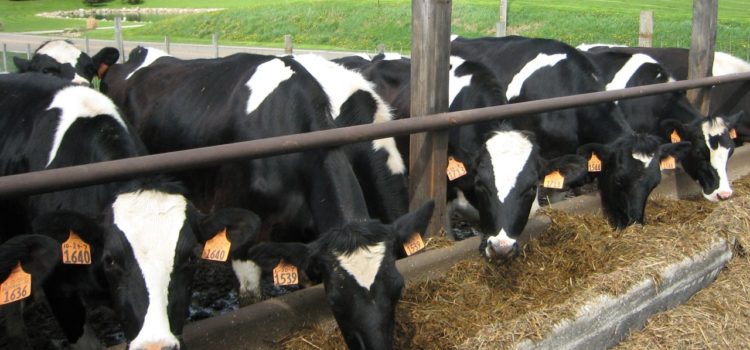

Cultured meat is seen as one way to answer the increasing demand for meat in the future. This blog post discusses how cultured meat is produced.
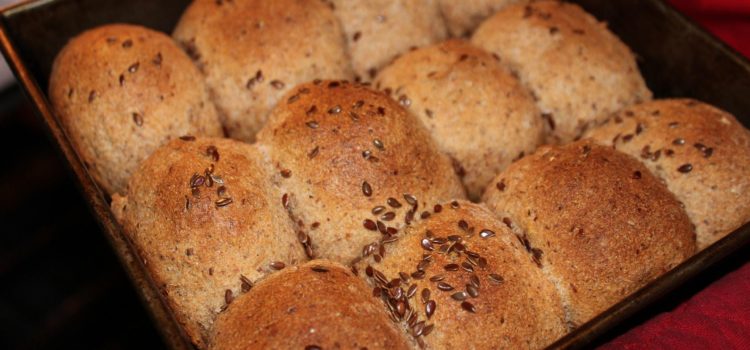
A long time ago, unleavened bread was more common. Unleavened bread is bread prepared without the using of any rising agents, such as yeast or soda. During the ancient times, bread making involved mixing crushed grains and water, and then
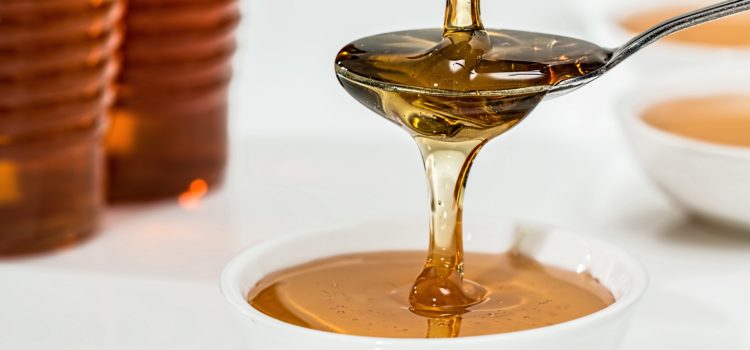
Invert sugar is valued because not only it adds sweetness in food, it also has several functional benefits.

Preheating of oven is an essential step in baking. How long does it take to preheat an oven?
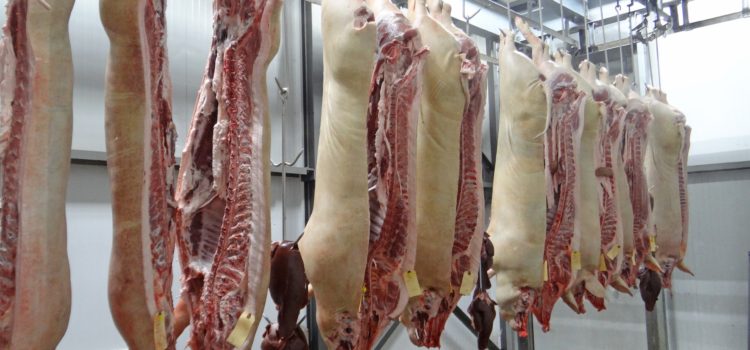
Rigor Mortis is the stiffening of muscle and the loss of extensibility, marking the transition from muscle to meat.
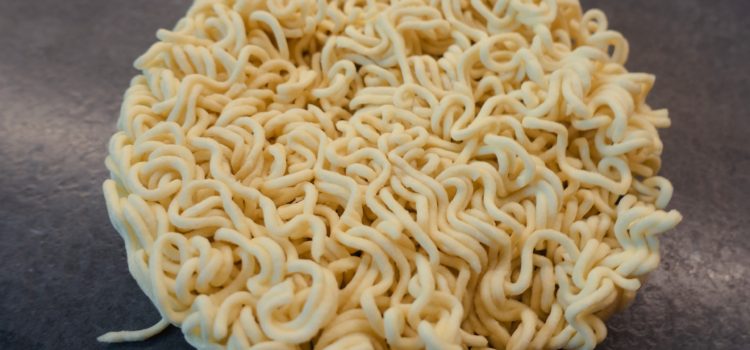
Disodium inosinate (E631) is a flavor enhancer that imparts meaty or savory taste in foods, including condiments, seasonings, and snacks.
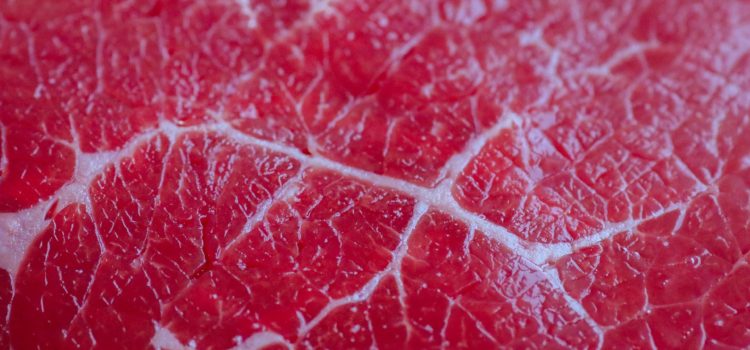
Myoglobin is the primary pigment contributor of meat. The higher the levels of myoglobin, the redder or darker the meat.
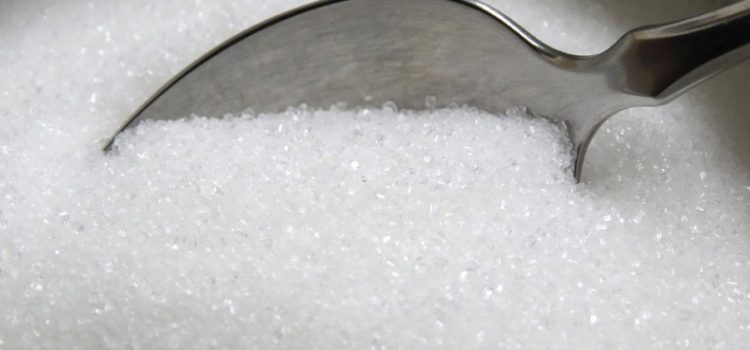
Aside from adding sweetness, sugar has other roles in food as well. In this blog post, we will discuss them briefly.
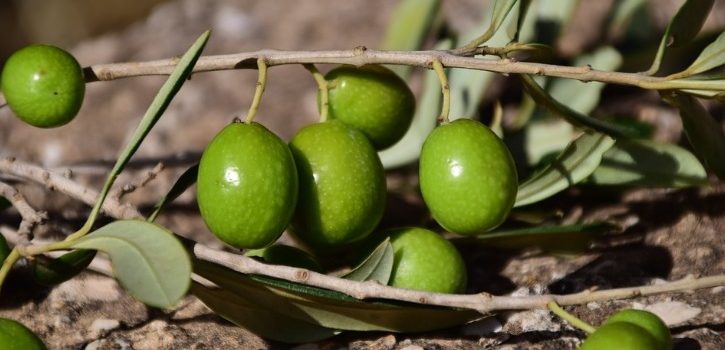
Olives are naturally very bitter because of a substance called oleuropein, the most prevalent in olives during harvest
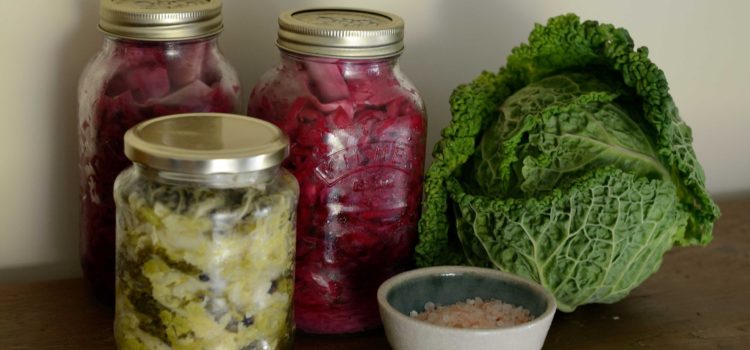
The process of lactic acid fermentation gives us probiotic foods such as yogurt and sauerkraut. In this blog post, we’ll see how it works.